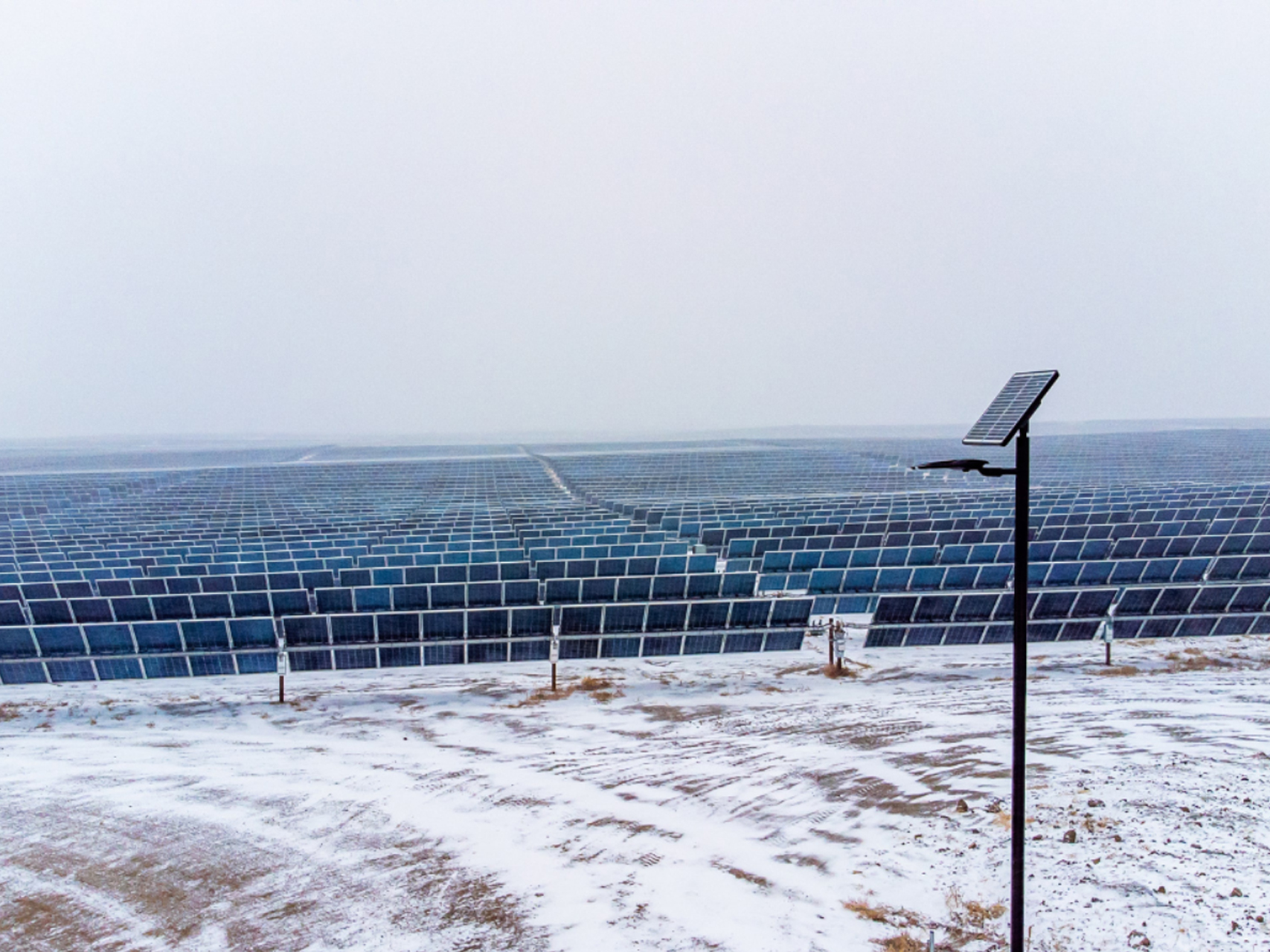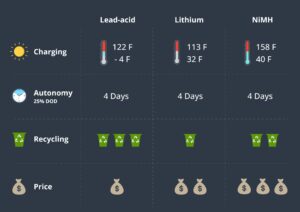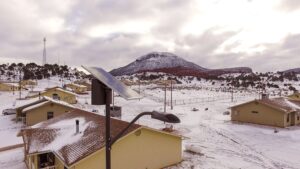
Interest in solar lighting has constantly increased since its conception, primarily for its efficiency and as a sustainable solution to energy consumption. Given its popularity, many residents in colder climates with less sun exposure have a desire to utilize the power of solar lighting as well. Although it may not seem likely, solar lighting is a perfectly viable option for those in colder climates, and it could even perform better than in warmer climates. Below, you’ll find key considerations when debating the adoption of solar lighting in colder environments.
Despite popular belief and understanding, solar panels work just as well in cold climates as they do in warm. Why? Solar panels do not absorb energy from the sun’s heat, but rather its light, so the lower temperature has no direct influence on the panel’s energy collection as long as the battery can withstand those temperatures. In fact, a lower temperature can actually enable solar cells to produce more energy due an electron’s rest at low temperature. When the light hits the panel, the high energy activates the low energy electrons, creating a greater difference in voltage, and thus, producing more energy.
One of the challenges of using solar energy and batteries in cold weather is the decrease in current that results from the temperature, potentially decreasing the panel’s energy output. Sol is aware of this problem and unlike other solar lighting manufacturers that rely on one battery type, Sol has distinct batteries that serve unique purposes. Take the iSSL® and UP® series as an example—powered by Nickel Metal Hydride (NiMH) batteries and known for their wide operating temperature range (-40°F to +158°F) with a long service life of over 10 years. This ensures Sol can install them anywhere in North America and still provide excellent power output levels.

In addition to the misconception of cold weather adversely affecting solar panels, decreased sun exposure is another. Although they are the most productive in direct sunlight, solar panels still receive light throughout the day, regardless of weather conditions. While it is true that days with less sun exposure can cause a reduction in energy output, there are methods that will maximize energy without any extra investment of time or money. In North America, facing panels south and ensuring panels are tilted at the optimal degree will ensure they maximize solar intake.

No matter where your project is, the key to effective solar lighting lies in precise system sizing. This includes balancing solar array wattage, battery capacity, and LED efficiency to suit specific location needs. Ensuring a robust Array-to-Load Ratio (ALR), selecting the right batteries for backup power, and optimizing LED fixtures and operating profiles are essential. These steps guarantee the system functions efficiently throughout the year, especially during long winter nights.
Solar lighting in colder climates is not only feasible but can be highly efficient. The key lies in understanding the technology’s adaptability to various weather conditions. Solar panels maintain efficiency in cold temperatures, and specialized batteries ensure reliable performance. Most importantly, correctly sizing solar systems ensures they meet the specific needs of each location, even during the longest winter nights. For those considering solar lighting in cold environments, it’s a practical and sustainable choice.
